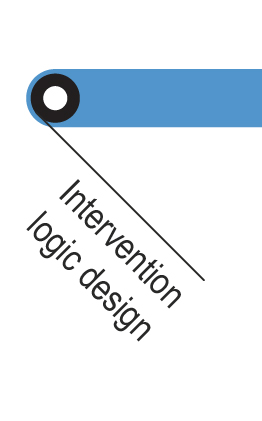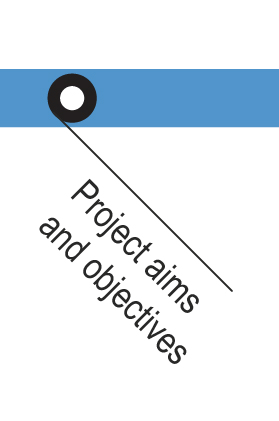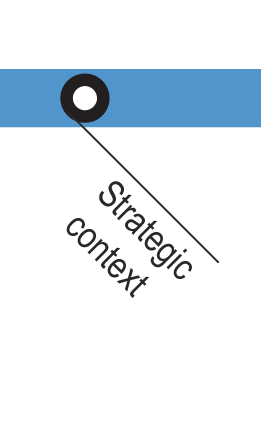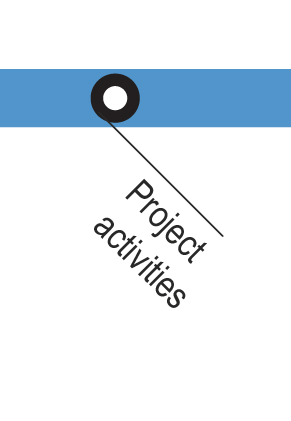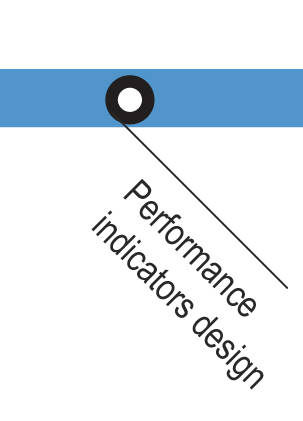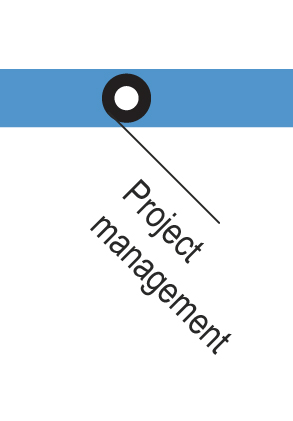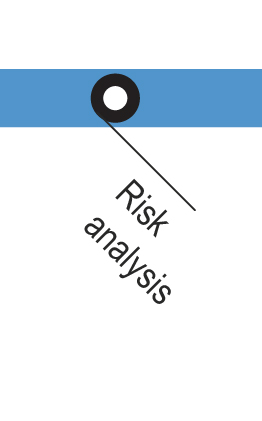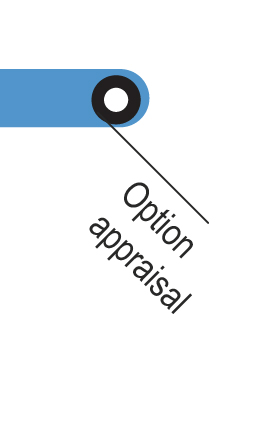 UNDERTAKING RISK ANALYSIS of your project in a thorough and comprehensive way is a very useful project planning exercise in many respects. It requires you to carefully think through the delivery of your project, thereby ensuring that you have considered the full operational range of project implementation. It will also indicate where potential weaknesses are and how you will be able to consider how these might be reduced.
UNDERTAKING RISK ANALYSIS of your project in a thorough and comprehensive way is a very useful project planning exercise in many respects. It requires you to carefully think through the delivery of your project, thereby ensuring that you have considered the full operational range of project implementation. It will also indicate where potential weaknesses are and how you will be able to consider how these might be reduced.
A well completed risk analysis demonstrates that you fully understand the challenges of project implementation and that you have experience and know-how in how to prevent the risks from occurring, and - in case this fails - how to mitigate or minimise their impact and thereby reduce adverse effects which might endanger the project from completing successfully.

The tool consist of a basic spreadsheet template that presents all the main parameters of a risk analysis across a range of project aspects.
| Who is this tool for ? | When should the tool be used? |
| Staff who is designing the project and those with experience of implementing similar projects. | After all individual project planning aspects have been completed. |
Click on the stations to navigate throught the Project line!
Key challenges of the step
- It can be challenging to strike the right balance between being overly detailed in the identifications of risks, or overly broad-brush. It is important to identify realistic risks.
- There are a number of nuances in the terminology of risk analysis which could be sligtly confusing, or can sometimes lead to mis-interpretation.
Main risks
If you are not experienced in project implementation, it is unlikely that you will be able to identify the potential risks comprehensively.
Helpful tips
- Some funders might not require you to do a risk analysis of your project. However, from a project management point of view it is always advisable to undertake a risk analysis to be aware and prepared for potential mishaps.
- A well prepared risk table will inform the costing exercise of your project and your assessment how much contingency funds you might need for any high-risk scenarios.
- Although it is slightly more work to identify 'mitigation' as well as 'prevention' measures, the prevention measures provide you with a very useful insight into how to minimise the risks in the first place.
- When it comes to implementation, ensure to review the risk table regularly at project management meetings, this is good practice and reduces the risk of any bottleneck situations for your project.
- Do the risk analysis realistically, be honest with the risk so that you can plan for them accordingly, if you pretend there will be no risk, or all the risks will be minor, you miss the point of the task, i.e. assisting you to plan your project well.
- Risks were the impact on the project would be very low, or the likelihood of the risk occurring is assessed as extremely unlikely, could be considered as irrelevant. Select those risks that matter to the project.
- In case you identify a risk with high likelihood and with high impact seriously consider adjusting your project to avoid this extent of risk. Also in a funding context, this is not perceived as a good starting point.
-
m3_7_undertaking_risk_analysis_0.pdf(PDF, 479Ko)

